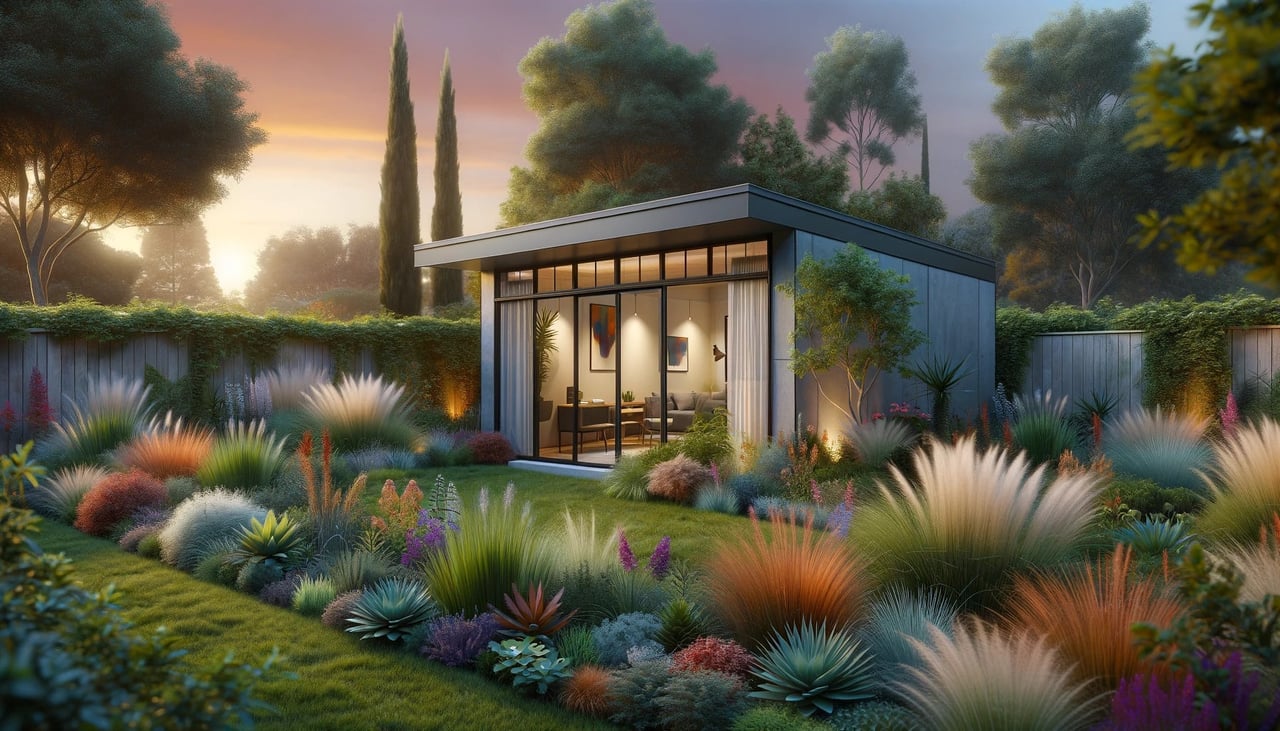As California faces a persistent housing shortage, accessory dwelling units (ADUs) offer a viable solution to increase housing availability. This guide focuses on essential information for building an ADU in California, with a specific emphasis on Contra Costa County. Recent legislative changes simplify the development process for homeowners and investors.
Relevance of California’s New ADU Legislations
California has enacted several bills such as Assembly Bill 976 and AB 2221, aimed at simplifying the ADU construction process. These bills have removed owner-occupancy requirements and facilitated permissions for ADUs on multi-family lots, allowing property owners from January 2024 to build and rent out ADUs without residing on-site. AB1033, on the other hand, enables ADUs to be sold separately from the primary residence as condominiums in compliance with the local agencies’ supervision.
Contra Costa Specific ADU Regulations
Aligning with California state law, Contra Costa County has tailored its ADU regulations to accommodate local needs. According to zoning and size restrictions, detached ADUs in Contra Costa may not exceed 1,200 square feet, with height restrictions generally capped depending on zoning areas. Property owners must observe specific setback requirements and other building standards to avoid encroaching on neighboring properties.
Consultation with local planning offices and/or real estate professionals is recommended.
Building an ADU in Contra Costa: Step-by-Step
The process of constructing an ADU in Contra Costa involves planning, obtaining permits, and actual construction:
- Planning Your ADU: Verify your property's eligibility and design your ADU to comply with local zoning and building regulations, considering factors such as area, height, and proximity to existing structures.
- Obtaining Permits: Submit your plans to the local planning department. Your submission will undergo a review process within a 60-day window, where it may be approved, require changes, or get denied based on specific criteria.
- Construction: Once approved, hire licensed contractors familiar with local codes to begin construction. Your ADU will also need to pass various inspections by local authorities to ensure it meets building standards.
Legal Considerations and HOA Restrictions
When planning your ADU, it's crucial to understand both state and local regulations, including any HOA constraints:
- HOA Constraints: Review your HOA's rules to ensure your ADU project does not conflict with local covenants. While state law generally supersedes HOA regulations, awareness of potential legal disputes is essential.
- Compliance with Legal Definitions: Familiarize yourself with updated legal definitions, especially changes to 'owner-occupied' requirements, to ensure compliance.
Preparing for ADU Development
Successful ADU projects require careful planning and access to expert resources:
- Site Assessment and Budget Planning: Assess your property thoroughly and establish a realistic budget covering all development aspects, including potential unexpected costs. Depending on the scope of your project, expect to spend anywhere from $50,000 to over $300,000 to construct an ADU in Contra Costa. Notably, with the new legislation allowing ADUs to be sold separately from the primary residence, these units have the potential to be valued at more than double or even triple the construction cost, providing a significant return on investment.
- Site Assessment and Budget Planning: Assess your property thoroughly and establish a realistic budget covering all development aspects, including potential unexpected costs.
- Professional Guidance: Engage with experienced architects, contractors, and real estate professionals to navigate the permitting process and ensure compliance with building codes.
Professional resources such as local planning departments and legal advisors are invaluable for staying informed on zoning laws and ADU regulations.
Building an accessory dwelling unit (ADU) in California, particularly in Contra Costa County, offers a promising opportunity to address housing shortages and generate additional income. Thanks to recent legislative changes, the process of developing an ADU has become more straightforward, allowing more homeowners and investors to participate in the market.
By understanding the specific requirements and regulations (both statewide and locally) you can achieve your objectives.. Remember, while the path to adding an ADU to your property has been simplified, success largely depends on careful planning and adherence to all legal requirements. Whether you are looking to enhance your property's value, sell the ADU separately from the primary residence, provide housing for a family member, or secure rental income, ADUs represent a flexible and valuable real estate investment.
If you're ready to explore the possibilities of ADU development or need expert guidance tailored to Contra Costa's unique market, don't hesitate to reach out.



